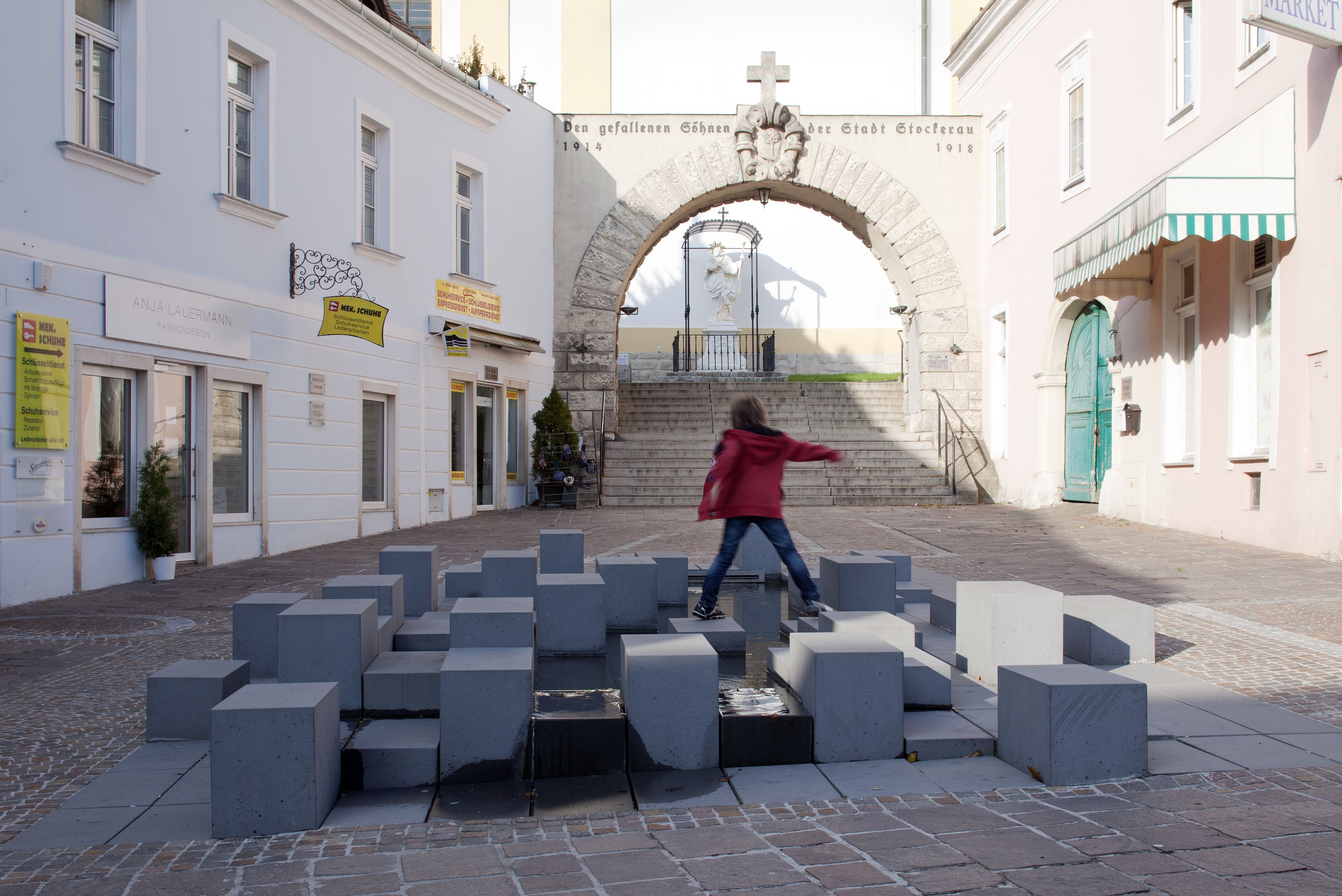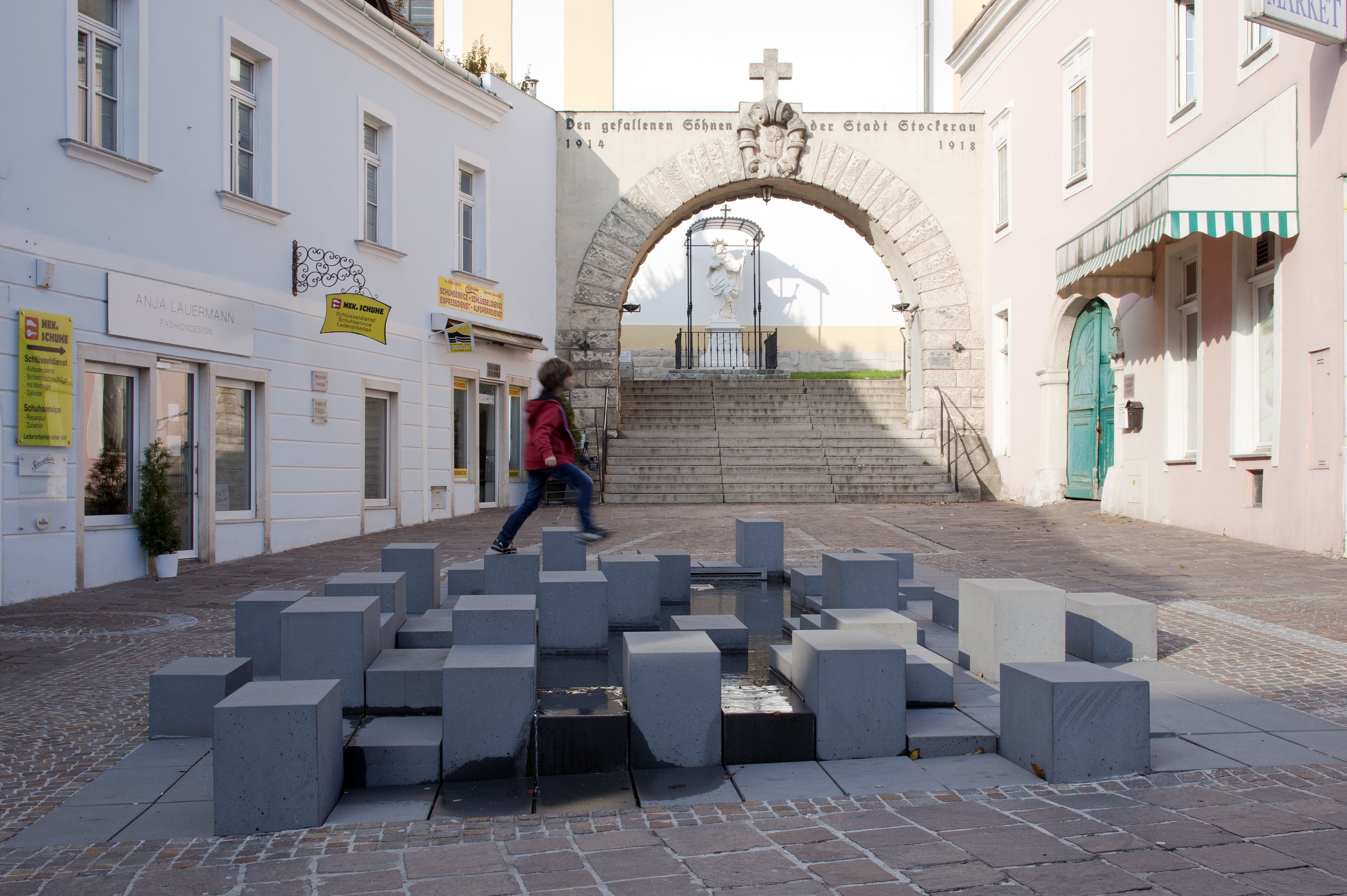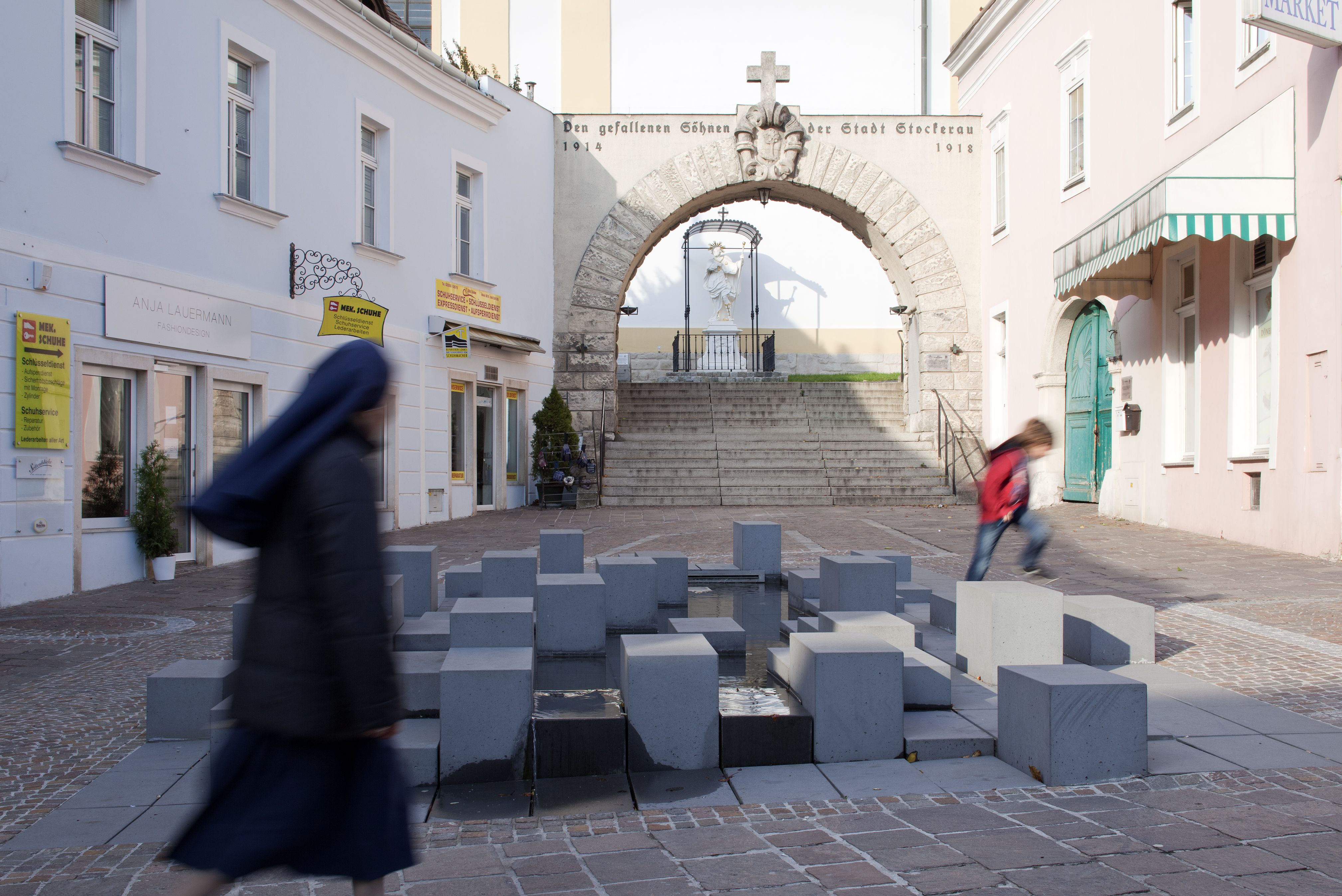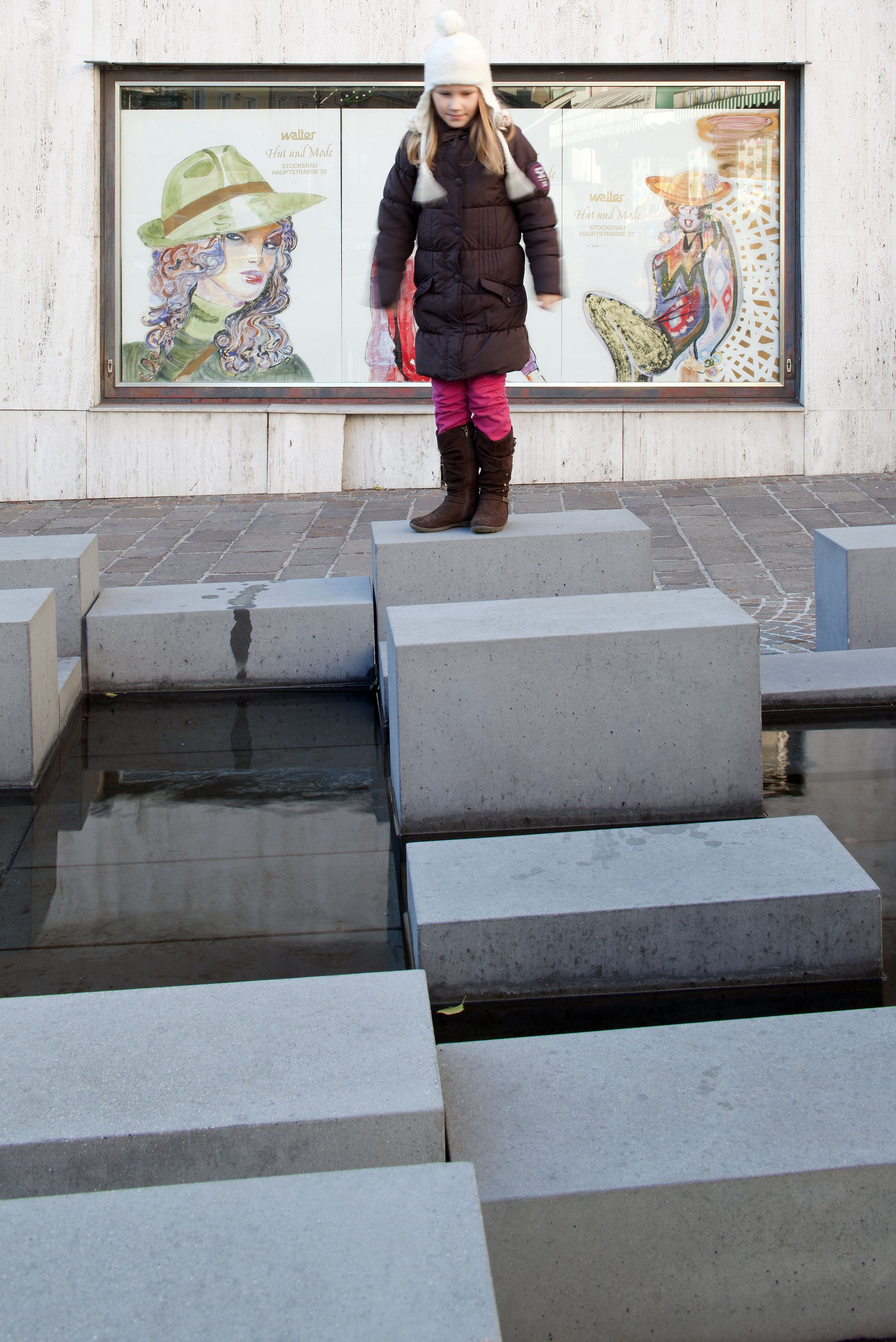Peter Sandbichler
:
Schwarze Schafe
Back
Information
"In order to be able to develop stories for my sculptures and objects, I need something to relate to in real life," said Peter Sandbichler, who has been working as a sculptor since the early 1990s. While a coherence of form as well as socially relevant issues are main features of his work, Sandbichler is primarily interested in what it means to deviate from the norm. Through intervention, he changes pre-existing systems. The result reveals contradictions between appearance and reality.
The thematic point of departure for Sandbichler’s sculpture Schwarze Schafe is the legend of Saint Coloman. The legend tells the story of a pilgrim from Ireland who was passing through Stockerau on his way to the Holy Land. Because he was different, spoke a foreign language, and wore unfamiliar clothes, he was taken for a traitor by the locals, and they sentenced him to death. Legend has it that Coloman’s body would not decompose, and several miracles occurred around it. For this reason, Coloman was buried in the new church when it was built in Stockerau and was later canonized. Coloman’s story still serves as a reminder of the dangers racism and xenophobia today, and his relics are held sacred. Peter Sandbichler’s fountain Schwarze Schafe was designed to be more than a mere reference to the town’s history; he also integrated it into the architectural structure of the Kleine Marktplatz in Stockerau, where it was installed. The square-shaped concrete blocks of the fountain resemble the cobblestones of Stockerau’s historical center. These gray elements in different sizes form a reservoir for fresh water. At first glance, they appear to almost seamlessly blend with the square’s overall appearance. However, the artist integrated the square’s slight incline by letting water serve as a balancing element in the fountain. The higher the fountain lies on the incline, the lower the water level appears and vice versa. Peter Sandbichler’s 140 square-shaped concrete blocks thus not only offset the incline of the terrain – they work against it. In addition to the local history and physical conditions of the site, Peter Sandbichler’s Schwarze Schafe also refers to the function of the Kleine Marktplatz in Stockerau. Once a site of social interaction, this square has been used very little by the town’s inhabitants in recent years. It has become a place where people walk through, and it no longer has a special function in the community. Just as the concrete blocks work against the incline, Sandbichler’s act of putting a fountain in a square that no longer has a function in the town was an act of resistance. With Schwarze Schafe, Peter Sandbichler created a sculpture with potential for social interaction. The fountain’s individual elements invite visitors to sit and rest a while, offering Stockerau residents a place to talk with friends. In the spirit of Saint Coloman, whose statue is reflected in the water, the fountain also offers the opportunity to engage with someone new, someone foreign, someone "other". Peter Sandbichler thus makes a proposition to the inhabitants of Stockerau. Whether people who visit the fountain take him up on this offer, whether they will change their position from beholder to user, or whether they will turn this monument reminding us of the dangers of xenophobia into the basis for a discussion and take a stand – whether the fountain will be something for the Stockerauers "to relate to in real life" – remains up to them.
(Franz Thalmair)
Images (6)






